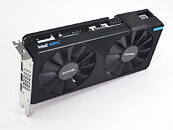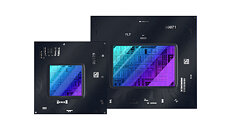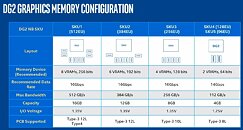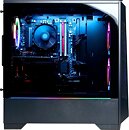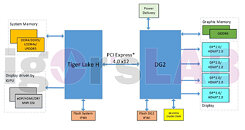ADLINK Reveals New Graphics Card with Intel Arc A380E GPU at Embedded World 2024
The industrial grade A380E graphics card features an exceptional cost/performance ratio, high reliability and low power consumption (50 W). As with all ADLINK industrial products, it delivers on longevity with availability guaranteed for a minimum of five years. In addition, the A380E graphics card is slim and compact with a single slot design, measuring only 69 mm x 156 mm.
Flexible application
Although the core market is likely to be commercial gaming, the A380E graphics card is also suited to industrial Edge AI applications such as Industrial IoT and retail analytics. Video wall graphics and media processing and delivery are examples of the many other potential uses.
Flexible application
Although the core market is likely to be commercial gaming, the A380E graphics card is also suited to industrial Edge AI applications such as Industrial IoT and retail analytics. Video wall graphics and media processing and delivery are examples of the many other potential uses.

































